Would You Use a Telephoto Lens for Landscape Photos?
Wide-angles are the go-to lens of choice for most landscape photographers; ideal for capturing sweeping vistas, and enhancing the sense of distance and scale in a composition. But are these lenses always the best option?
You may be surprised to hear that in some cases, the somewhat unlikely telephoto lens may prove to be an ideal option. These lenses are ideal for compressing the elements in a scene, and helping to minimize the sense of scale and distance in a composition.
This means that for those times where you’re hoping to showcase a distant mountain in all of its grandeur, photograph a full moon looming over the horizon, or capture a distant bird in flight, a telephoto is your lens of choice.
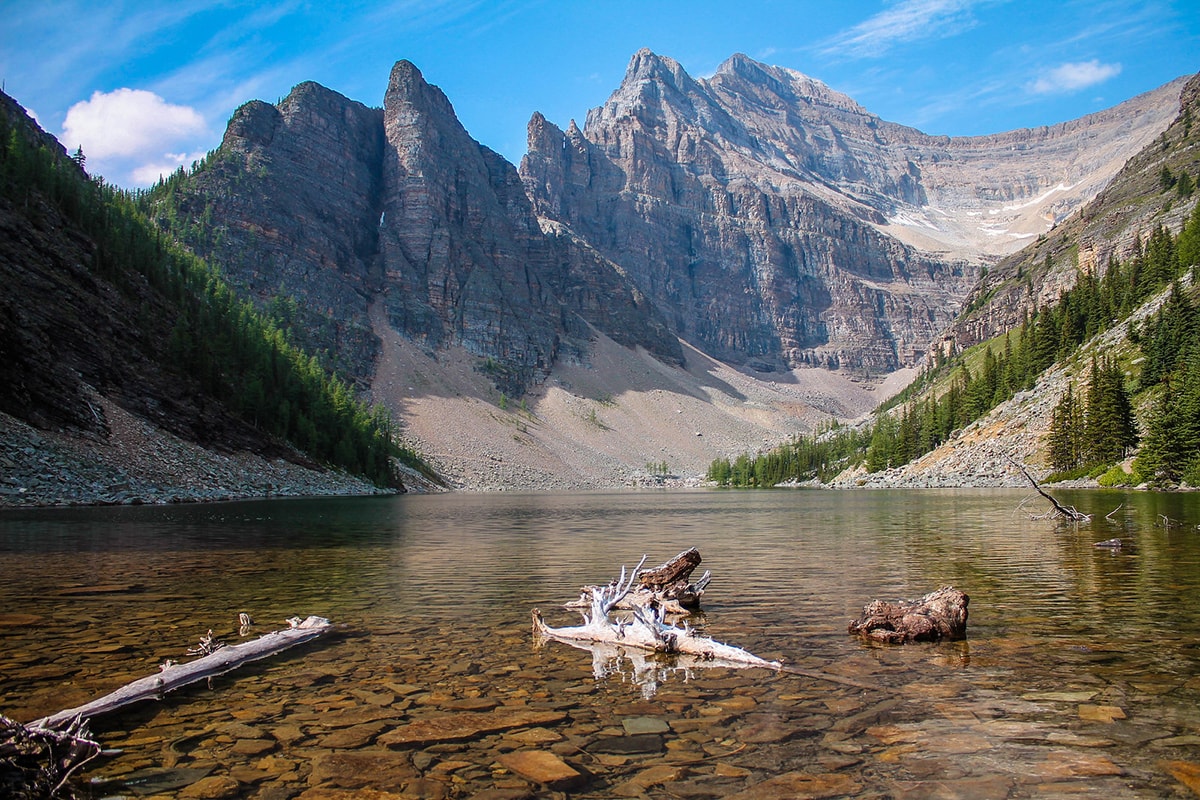
image by Lenny K Photography
When it comes to shooting landscapes, it’s often tempting to try to fit everything in, but this isn’t always the best approach, and all too often, can result in images that are busy or distracting. In our quest to capture those wide, sweeping vistas, we may neglect the fact that there could be a better way to compose our images – and forget that, in many cases, isolating part of the scene can result in a more powerful composition; another situation where a telephoto is especially ideal.
Having a telephoto lens can help you get more from your landscapes, opening up new photo opportunities for you, and allowing you to create some truly unique and striking images. If you’d like to start using telephotos in your landscape images, here are a few tips that will help to get you off to a great start.
Simplify
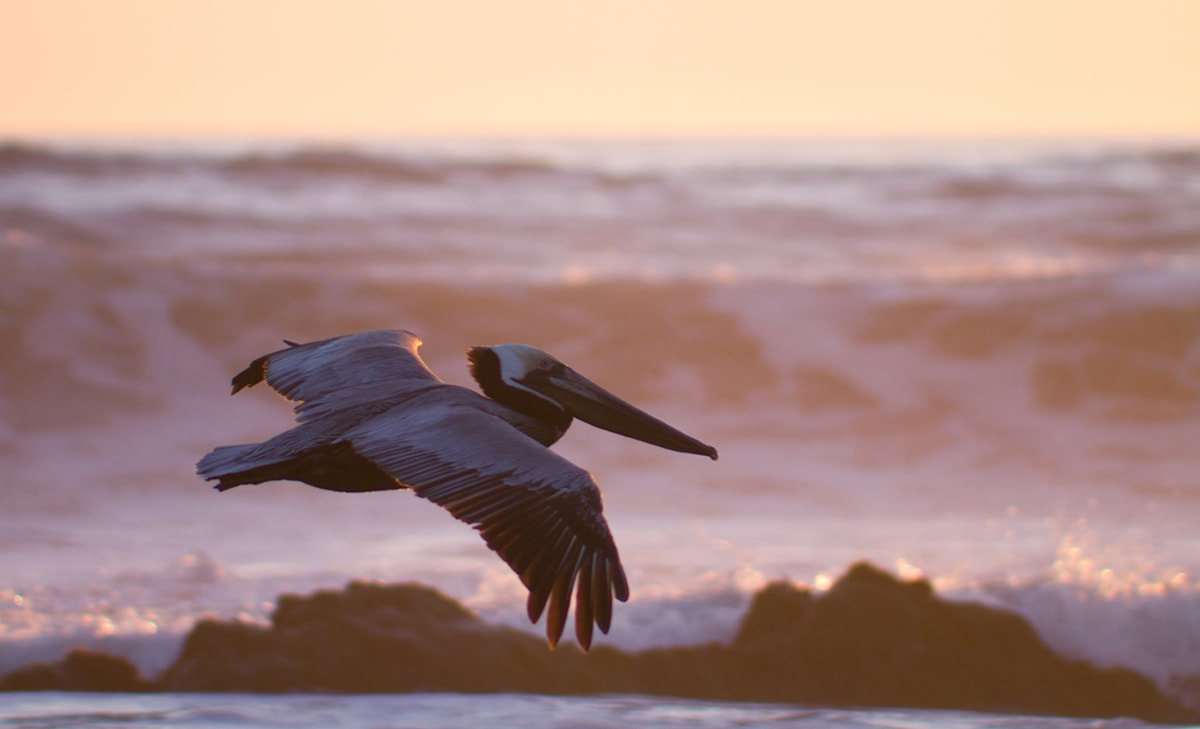
image by Yeti-legs
When presented with a beautiful landscape, the challenge shouldn’t be to “fit everything in,” rather; your goal should be to effectively capture the scene at hand. Often, this means finding a focal point, and isolating the main point of interest. Using a telephoto can help you to capture powerful images since it makes it easier to select a slice of the landscape that has the most appeal or interesting details. Focusing on part of the scene, rather than the entire vista will allow you to create a tighter and simplified image, and leaving out any unnecessary and potentially distracting details.
Compress the Elements
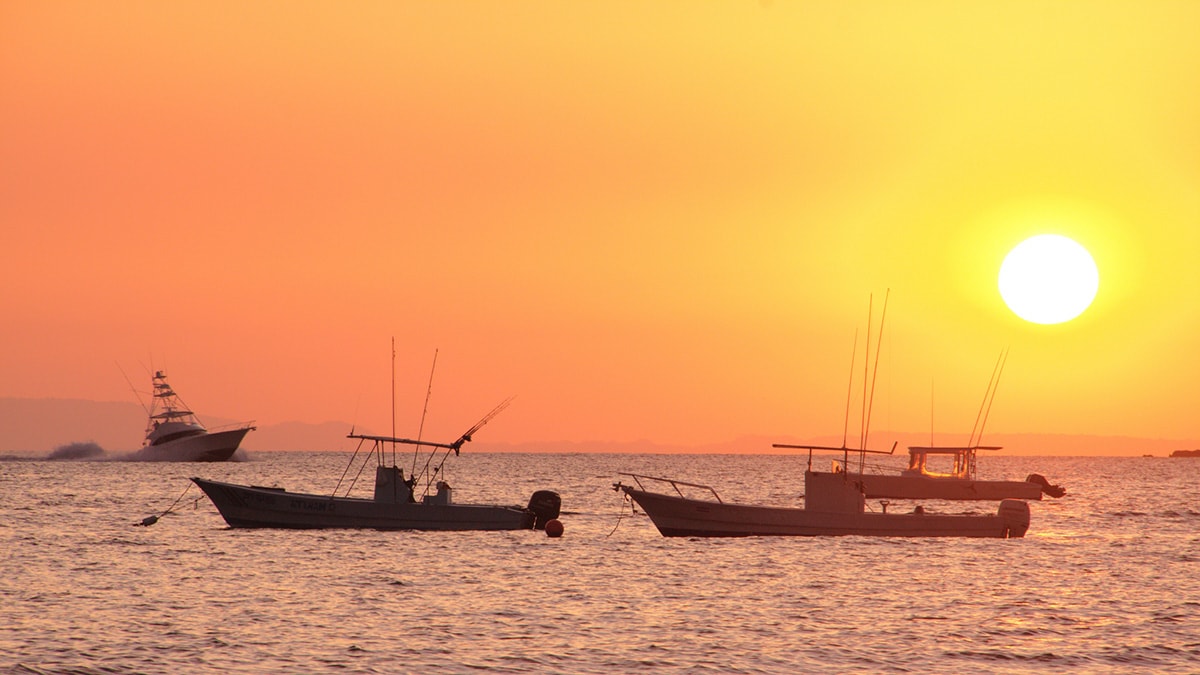
image by Thomas Anderson
Telephotos are ideal for those times when you want to compress the visual elements in a scene. Any time that you’d like both near and distant objects to appear similar in size or closer together, you’ll want to reach for your telephoto. This is also the case if you’re hoping to draw a distant element – such as a hill, a distant house, or the moon – a bit closer. If your focal point is a distant element, you’ll want to use a telephoto.
Create Panoramas
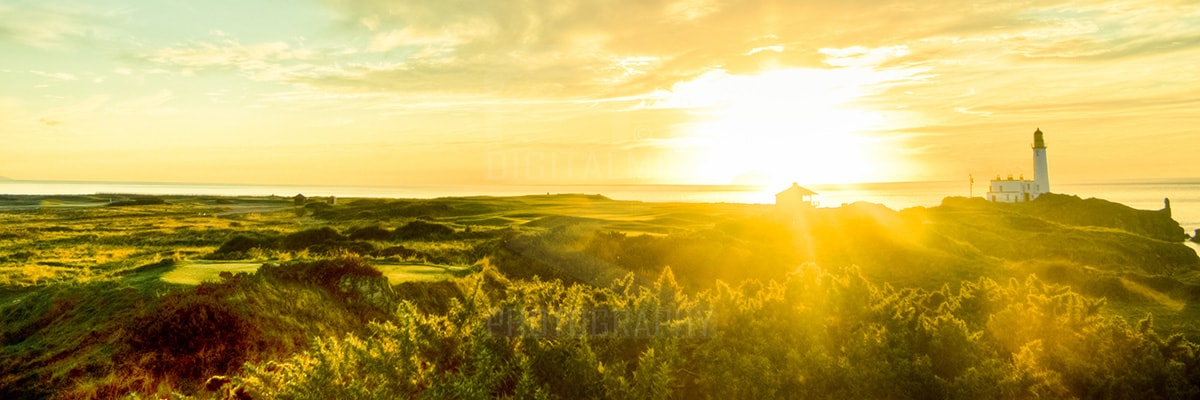
image by David Smith
A telephoto is also ideal for creating panoramic images – and with a minimal amount of image distortion. Using a telephoto will allow you to zoom in on different areas that you’d like to photograph, and capture a series of images that you can stitch together in post processing.
Try to Capture the Light
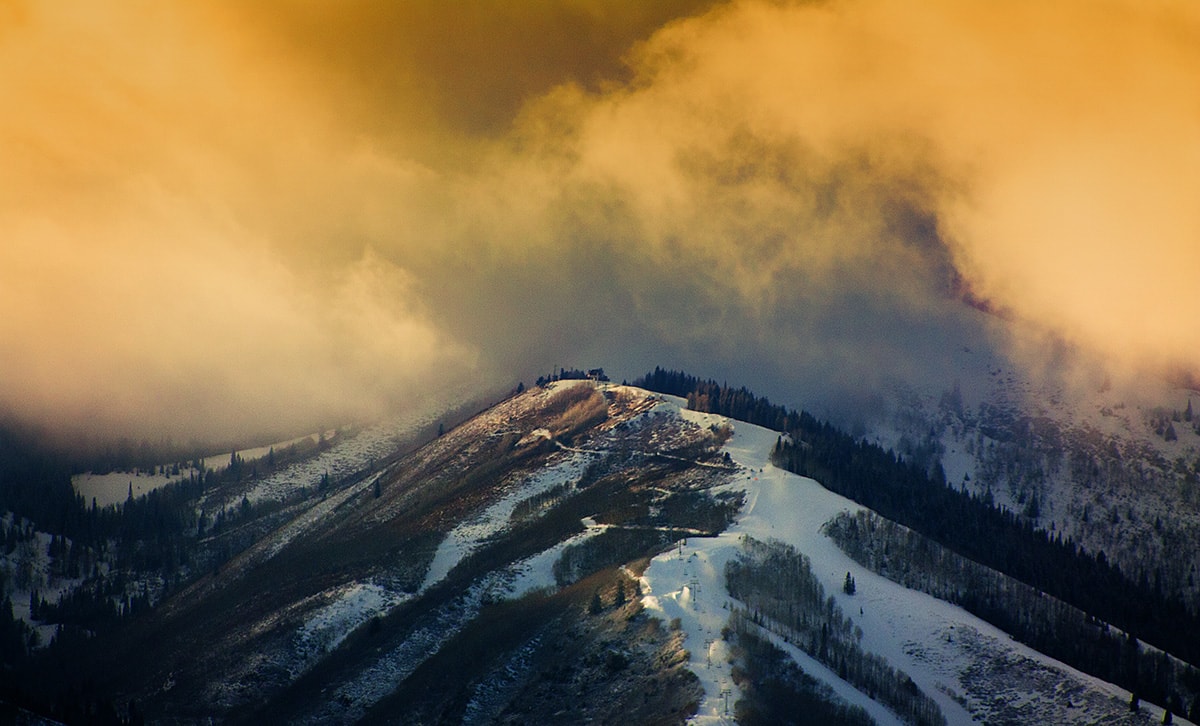
image by josephdepalma
Optimal lighting can enhance almost any image, especially if you’re using a telephoto. These lenses are ideal for emphasizing particles in the air such as mist, haze, and dust, helping to add a beautiful and ethereal look to your images.
Watch the Weather

image by Bernd Thaller
Your telephoto will also prove to be useful during stormy or misty weather conditions, allowing you to easily capture a patch of the distant, brooding sky, or isolate a section of a beautiful foggy valley. Instead of feeling tempted to fit everything into your scene, try zooming in and filling the frame with a section of the setting for a unique and powerful image.
Adjust Your Aperture
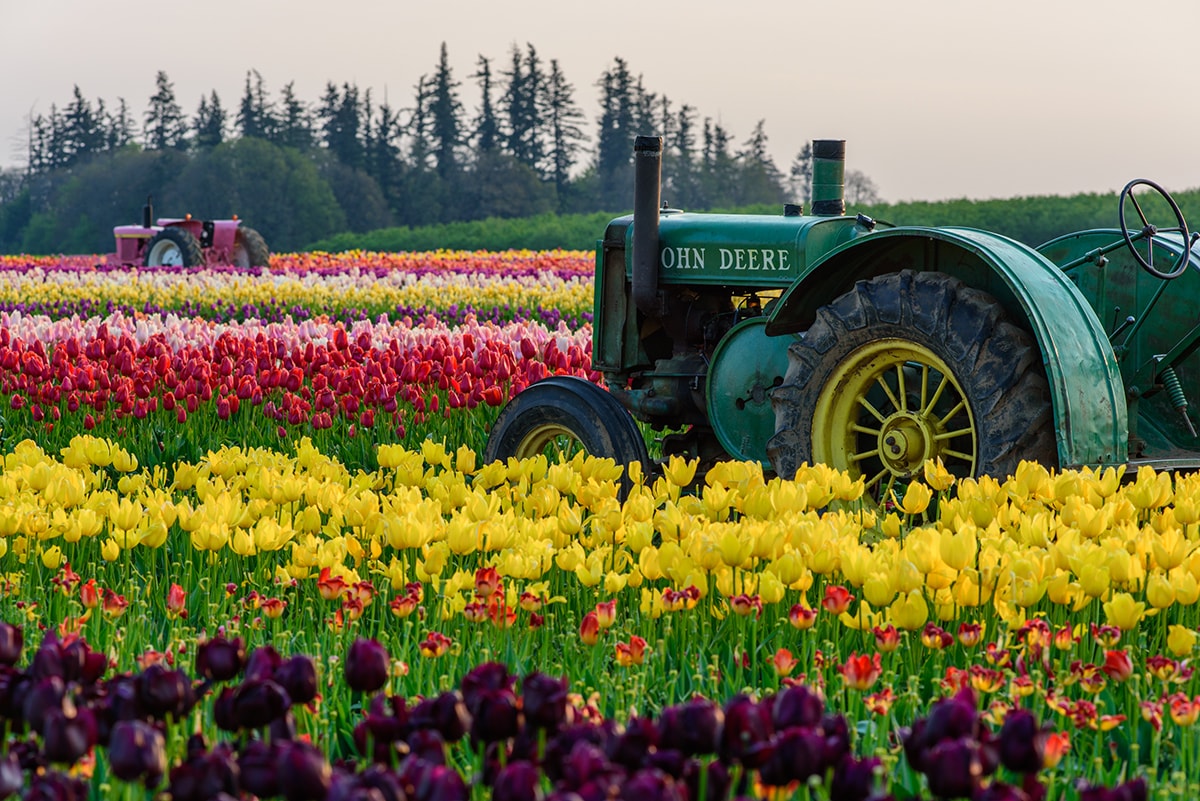
image by Waqas Mustafeez
When using a telephoto, you’ll want to keep in mind the optimal aperture that’s required to capture the scene in sharp focus. When using a telephoto to capture a distant focal point or subject, a large depth of field is often easily achieved. So consider using an aperture that’s optimal for your lens, usually somewhere around f/8 to f/11.
Stabilize Your Camera
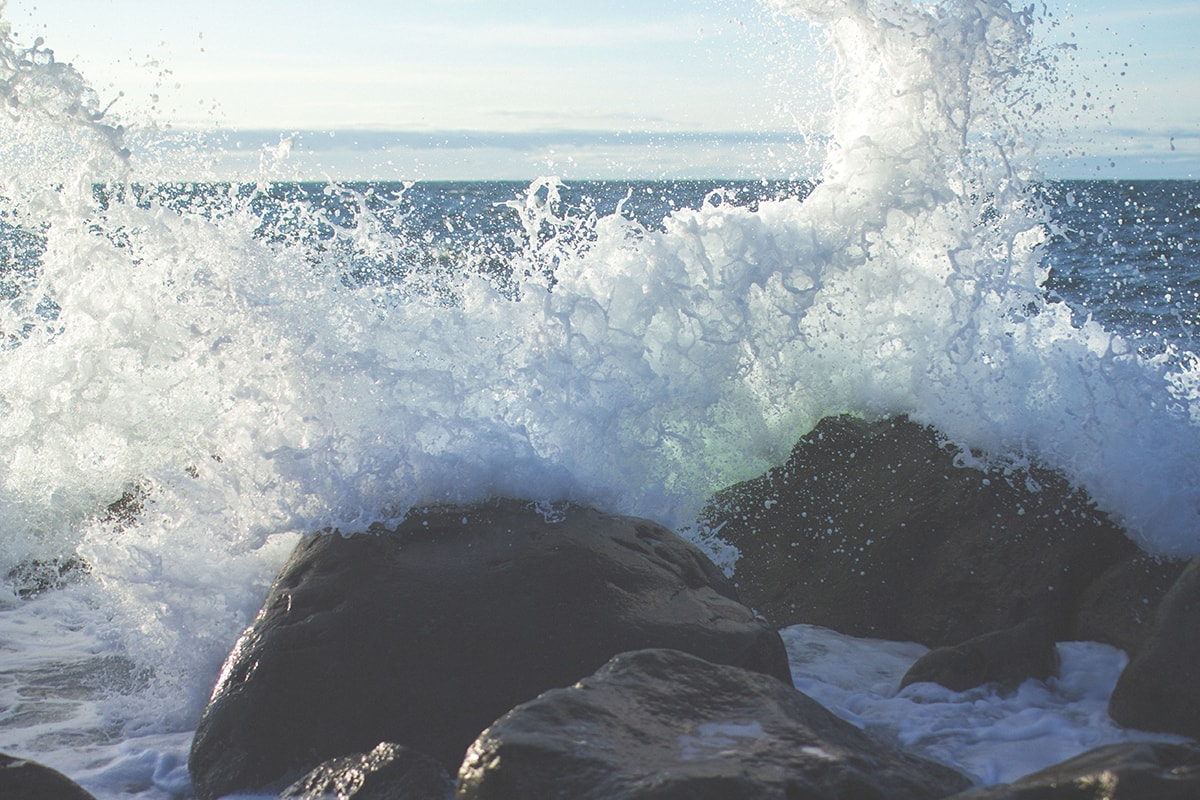
You’ll also want to take special care to ensure that your camera is steady when using a telephoto. These lenses are very sensitive to movement, so be sure to use a tripod or stabilize your camera to prevent blur. When using a tripod, you’ll want to turn off any image stabilization features. You’ll also want to utilize the ‘mirror lock-up’ feature on your camera and consider using a remote shutter release to further reduce the chance of camera shake.
Use Filters
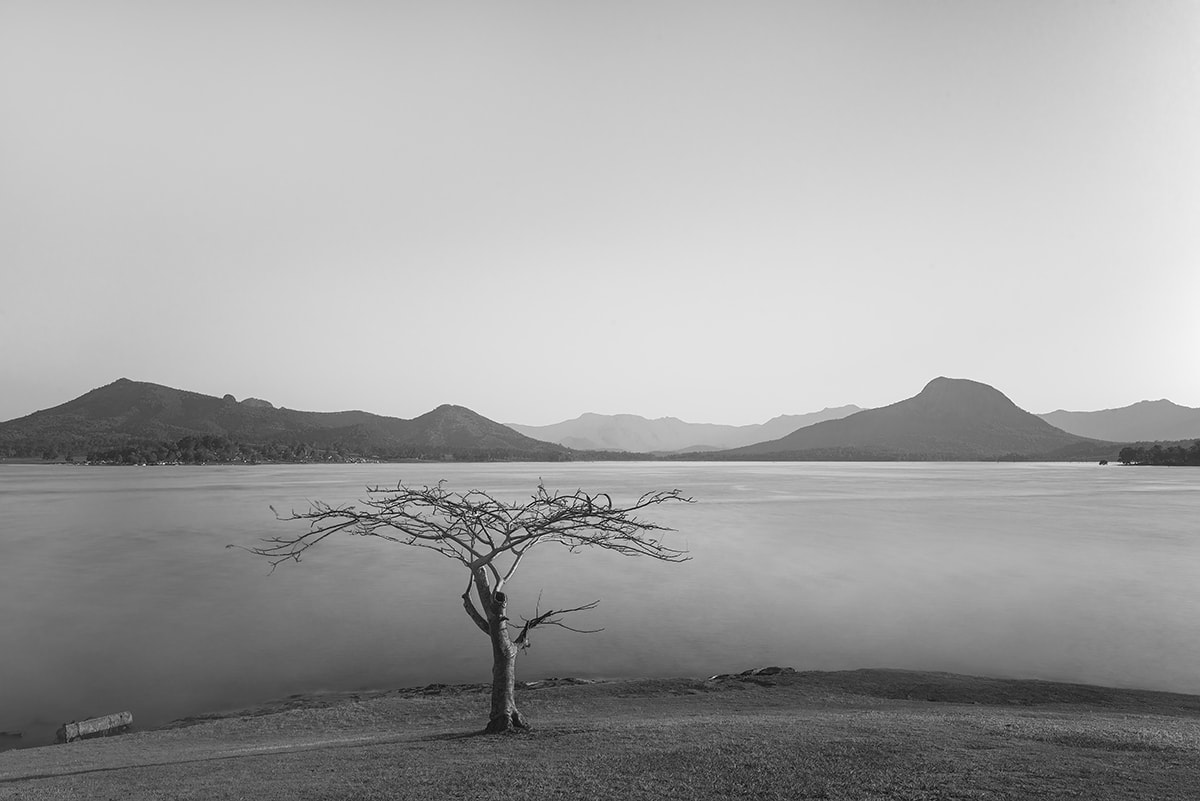
image by Lenny K Photography
When using a telephoto, you’ll most likely run into situations where different areas in your image will require different exposures, especially images where you’re capturing both the sky and foreground. For situations like this, it’s a good idea to get some neutral density (ND) filters that will fit your lens. Or, you could capture bracketed exposures, exposing for the sky, then the foreground, and then the whole scene, and then blending them together in post-processing.
While creating breathtaking compositions with your telephoto may prove to be a challenge initially, being able to use these lenses for landscape photography will open up a whole new world of potential photo opportunities. Soon you’ll be using your telephoto to create images that are breathtaking and powerful, and capturing scenes that are every bit as beautiful as they appear in person.
Have you used a telephoto for landscape photography? Please share your tips with us on Twitter or Facebook.
